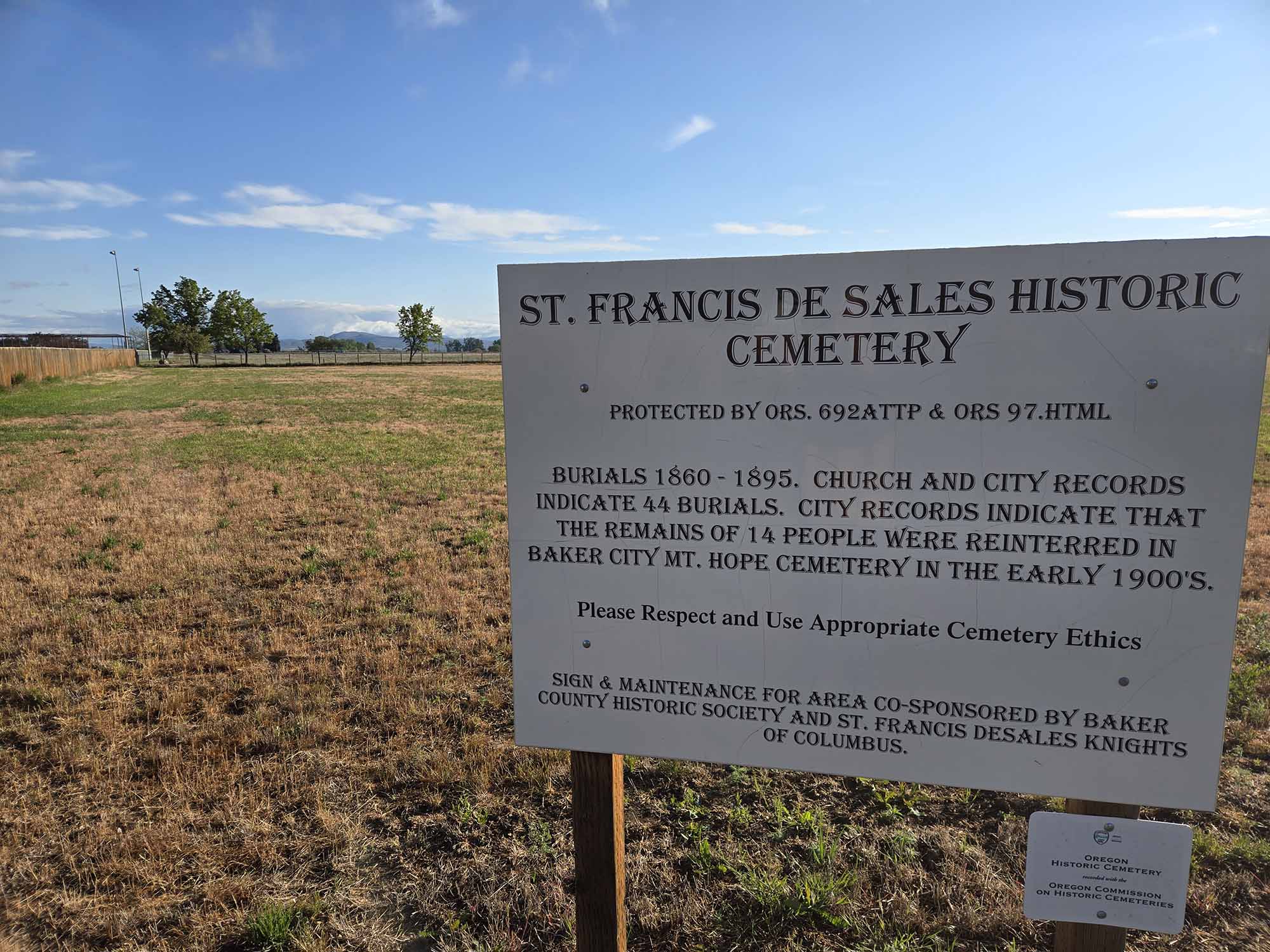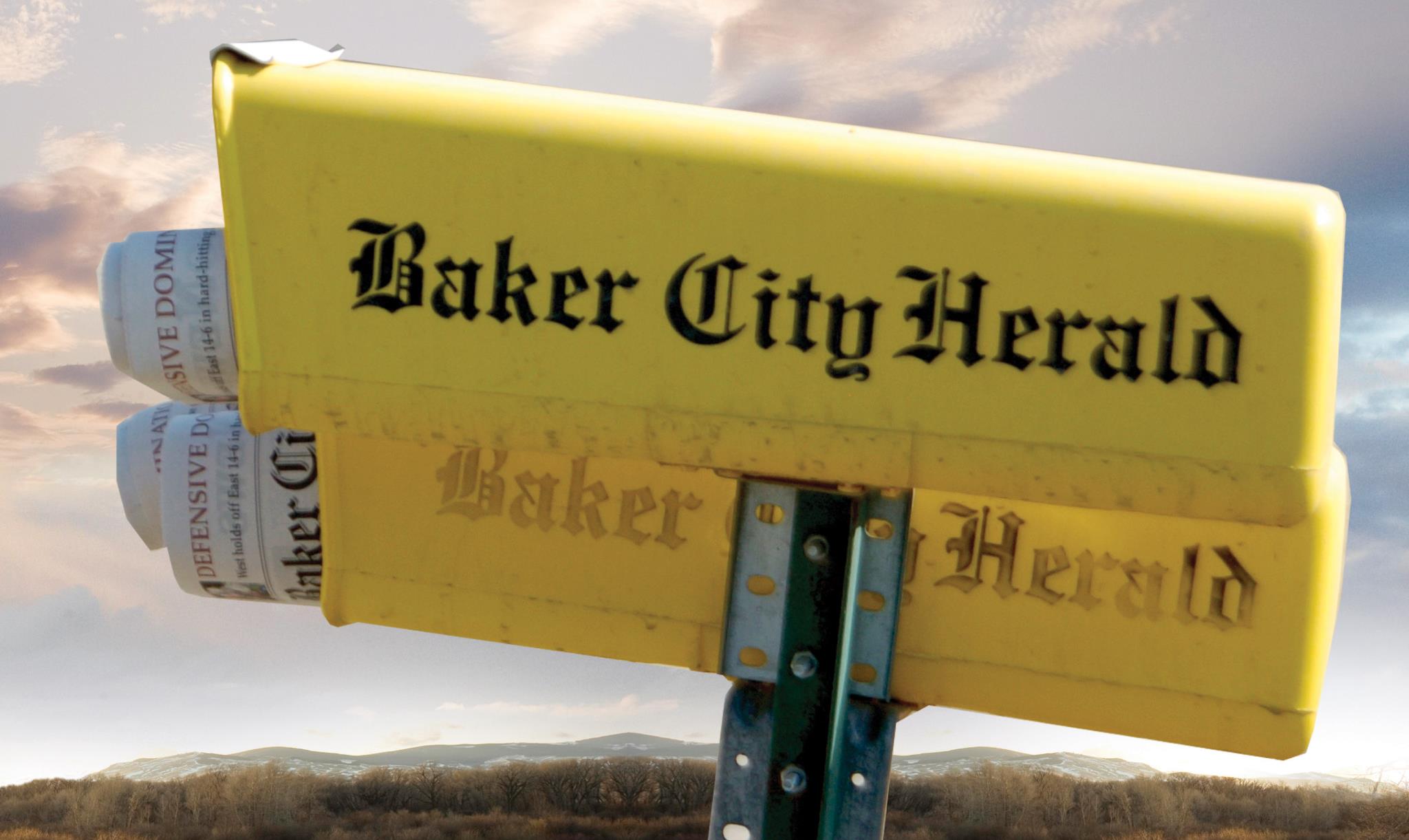Surprisingly charmed by a town’s invented theme
Published 12:40 pm Friday, April 13, 2018
I went to Leavenworth, Washington, expecting to dislike the place, and possibly even to detest it.
I was instead rather charmed.
Leavenworth, which is in Central Washington about 22 miles west of Wenatchee, is an example of the “themed town.”
Some of these locales can claim a certain level of authenticity.
Tombstone, Arizona, for instance, comes by its Old West theme honestly. And a town my family visited a couple days after we left Leavenworth — Poulsbo, Washington, across Puget Sound from Seattle — brandishes the Scandinavian heritage of many of its settlers with considerable panache.
But Leavenworth’s shtick, as it were, is wholly invented.
It mimics a village in the Bavarian Alps, something Leavenworth obviously is not, and never was, what with most of North America and the Atlantic Ocean being in the way.
As I looked forward to my first trip to Leavenworth I was perhaps especially sensitive to its ersatz nature because it happens that I have visited the actual Bavarian Alps, and while there, in the summer of 1986, I strolled the streets of several villages.
And so I prepared myself to dismiss, with the smug disdain of a world traveler, the kitsch I was sure to find in Leavenworth — the shot glass emblazoned with a bratwurst, the lederhosen assembled from faux leather in an Asian factory, the oppressive omnipotence of the word edelweiss.
It was indeed like that, to some extent.
But it turns out that I found the fabricated ambience pleasant rather than cloying.
I think this is because Leavenworth, though its commitment to the Germanic theme is total — even the Wells Fargo branch looked more like an alpine cottage than a financial institution — has, at least to my eyes, avoided the garishness that defines many towns that depend so heavily on persuading tourists to extract their wallets with metronomic consistency.
The question of what is garish and what is quaint is, of course, a subjective one.
Yet when I compared, with the benefit of a few weeks of hindsight, my time in Leavenworth with the few hours we spent several days later in Seaside, the tackiness of the latter seemed ever more explicit.
I don’t mean to disparage Seaside in particular, or the Oregon Coast in general.
I have spent far more vacation days there than anyplace else, and I relish my every visit. And the Coast, what with the ever-present ocean, needn’t adopt a particular tourism theme so much as just cater to visitors’ needs (and, I suppose, their whims).
Still and all, when we ducked into an indoor mall in Seaside — rain was sluicing down, naturally — the place struck me as having no purpose except to peddle sweatshirts with generic slogans and to fill kids’ bellies with caramel corn and cotton candy.
(Although the carousel is quite nice.)
Leavenworth, by contrast, is so obviously dedicated not just to tourism as an industry but to its theme — invented though the latter is — that the very thoroughness of its approach conveys a kind of purity.
I must admit, though, the strong possibility that my appreciation for Leavenworth was influenced in no small way by my admiration for how its residents and business owners adapted to the sort of economic doldrums that have plagued hundreds of small American towns (its population is about 2,000).
Leavenworth’s troubles came earlier than many — in the 1920s, when the Great Northern Railway moved its headquarters to Wenatchee, and a large sawmill also closed.
Leavenworth’s Bavarian rebirth didn’t begin, though, until the mid- 1960s.
Residents’ choice of a Bavarian theme is appropriate from a geologic and scenic standpoint. The Cascade Mountains, which jut steeply from almost literally the backyards of some neighborhoods, are reasonable stand-ins for the Alps.
Based on before-and-after photos of Leavenworth’s downtown, the townspeople, having settled on the theme, were hardly satisfied with nailing up some half timbers to dilapidated buildings, setting up a few shops featuring dirndls, and adding schnitzel and schnapps to restaurant menus.
The architectural makeover is comprehensive and, if you look with a generous eye, rather convincing as an homage to Oberammergau or Mittenwald.
I was of course compelled during my time in Leavenworth to compare, and contrast, the place not with the genuine article across the Atlantic, but rather with Baker City.
Both are historic towns in relatively isolated regions — Leavenworth is just about as distant from Seattle as Baker City is from Boise, and Stevens Pass is at least as daunting an impediment to travel as the Burnt River Canyon and Threemile Hill are. Both towns have economies that originally were based largely on natural resources but with an increasing focus on tourism — Leavenworth, of course, having made a much more dramatic transition.
I would never advocate for Baker City to consider undertaking anything so revolutionary as Leavenworth’s reinvention. It wouldn’t be appropriate, at any rate, to swap our truly authentic downtown for a faux version, no matter how well-conceived the project.
But considering how successful Leavenworth has been — something around 2 million people visit the town yearly — I’m intrigued by the notion of adopting a specific theme to emphasize.
Baker City’s challenge, I suppose, would be to decide which one.
Our ties to the Oregon Trail and to mining are both compelling — and neither requires the slightest hint of invention.
Jayson Jacoby is editor of the Baker City Herald.




